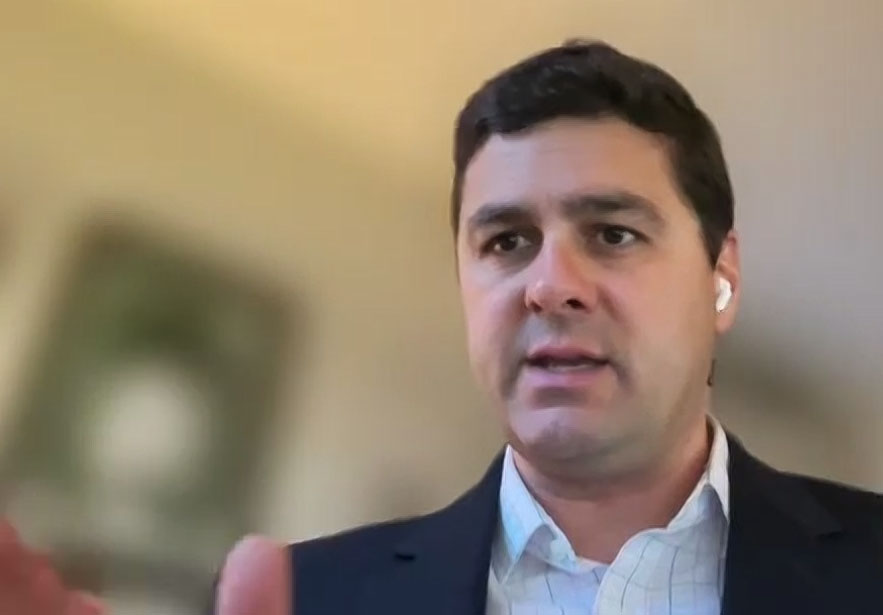
HOULTON, Maine – Houlton Town Council decided on Monday night to review existing tax increment financing districts to determine options for future town funding.
In a presentation to the town council, Portland attorney Philip Saucier shared findings from a review of the town’s seven tax increment financing districts.
“I understand that Houlton has a significant amount of unspent TIF revenue and has been considering ways to use that revenue,” Saucier said. “As a general observation, all of the active TIFs expire in the relatively near future.”
As Saucier explained, the town has several options to consider including returning certain TIF revenues to the general fund for approved project costs, amend districts by adding an extra parcel to allow the town to spend TIF revenues for in-district approved project costs.
According to town assessor, Theresa Duff, the town currently has $3.8 million in TIF district monies. The problem for Houlton is, they have not used their TIF revenues and are trying to find ways to either add it to the general fund or perhaps use it for road improvements.
TIFs are Maine Department of Economic Development tools that allow towns to capture (shelter) new property tax value as an impetus for business development and growth.
To create a TIF, a geographic boundary is defined – 25 percent must be blighted – and the current property value is assessed. When that districts’s value increases, the town can decide to offer a property tax credit to a developer and under certain rules spend some of the additional tax revenue
Additionally, the increased value of the district is sheltered from the state’s tax valuation. The state does not look at increases when determining the town’s overall valuation. State valuation affects education subsidies, and the higher a town’s assessed value the lower the state subsidies to the town.
As Saucier explained, that’s one of the reasons TIF districts are beneficial.
For example, if the district’s base value was $1 million and a new $10 million project is going into that district the town captures that increase in tax base. The taxes on the original $1 million go into the general fund. A municipality can enter into an agreement with the developer to give them a property tax credit as an incentive to develop blighted areas. They can also choose to spend the additional funds on MDED approved projects. And the state does not assess the town at a higher valuation.
Houlton has five credit enhancement agreements with local businesses.
Councilors admitted that the TIF district rules are still a bit of a mystery and they want to get more information on how they benefit the town’s taxpayers and how they can use the money.
“This gentleman seemed like he knew what he was talking about but I don’t know if he really translated to us what we are trying to get from him, “ Council Chairman Chris Robinson said. “But I don’t know much more about TIFS tonight after listening to this gentlemen than I did before the meeting.”
The counselors decided to educate themselves about how much they have in the districts and where to go in the future in a council workshop.
“We want to explore all the options. Do we need to use these TIF funds?” Robinson said. “We need to determine if there are funds we can use for the roads. As a council, we need to start talking about this in depth. “







